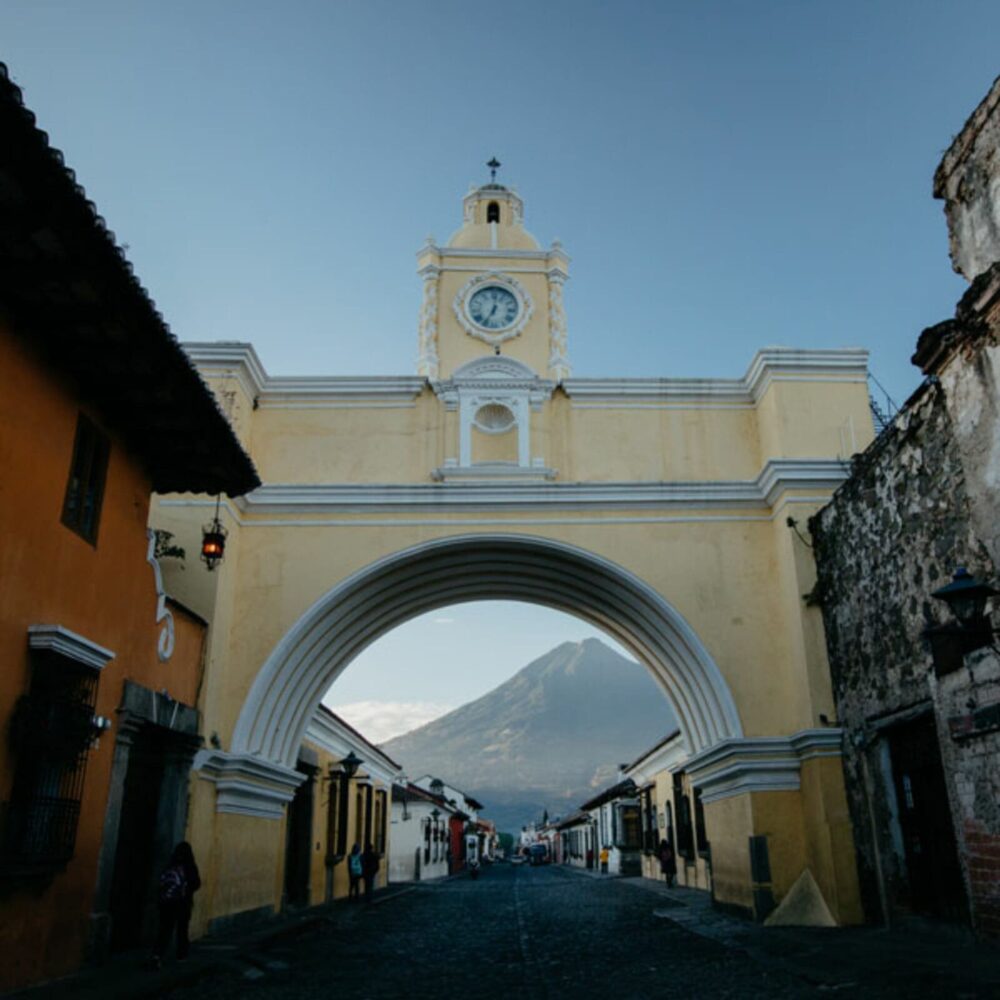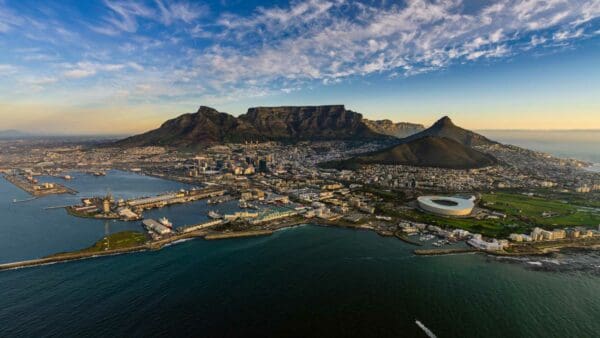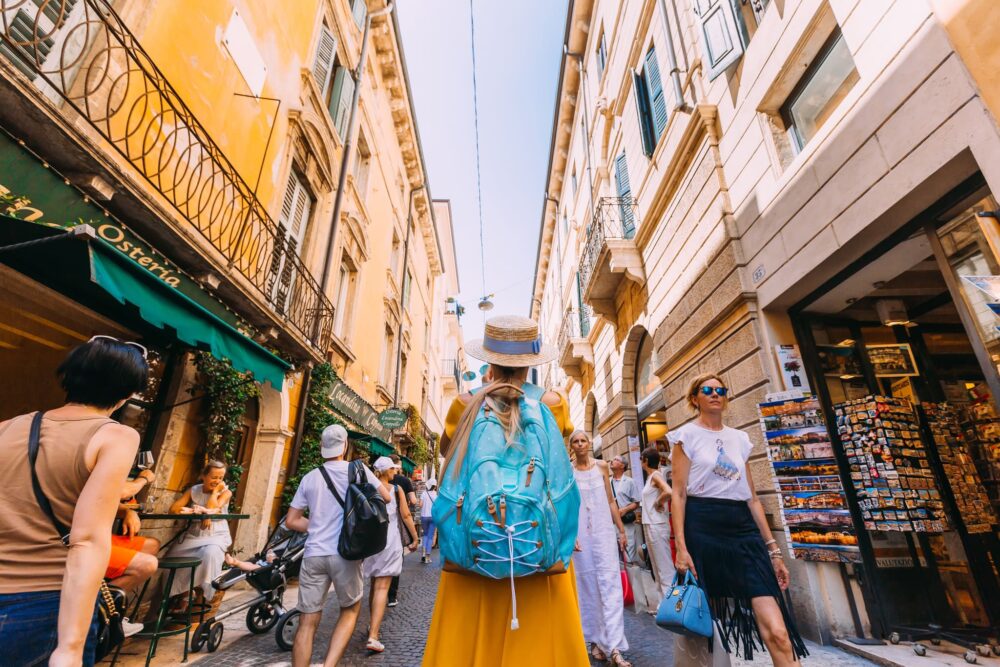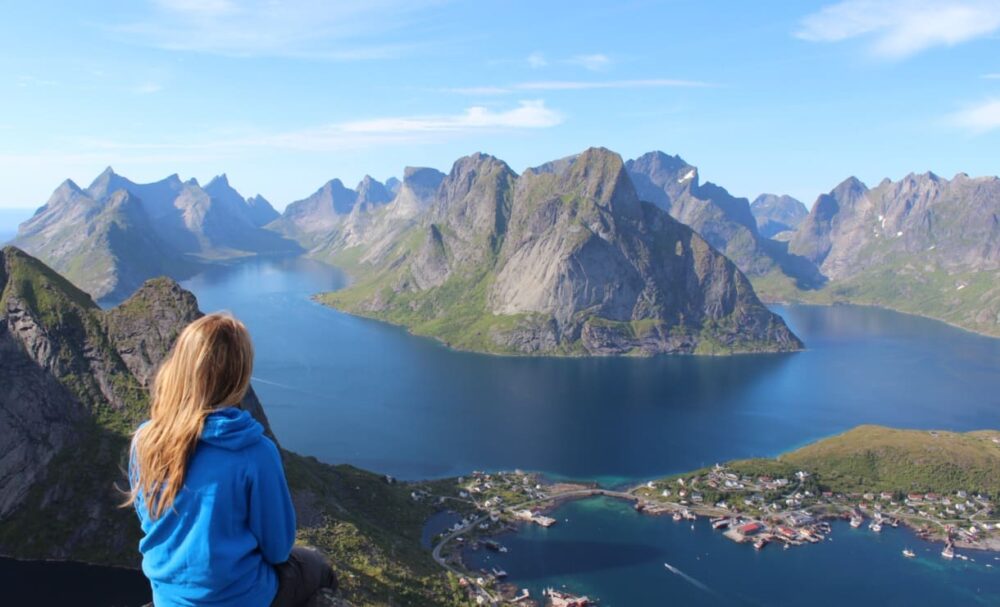car from the airport to downtown; 10 minutes from downtown to the beach
and to three out of four local golf courses; and 10 minutes from the
hotels to the big shopping centres.
Metropole (est. pop. 1.5m). In PE itself, most live in north-eastern
Port Elizabeth, an area of townships or suburbs and industrial plants
outside the city centre with its busy port. South-western Port
Elizabeth includes the main tourist hotel area, and is more like a
small town than a big city – big parks, open spaces and a wide stretch
of marvellous beach!
The area has great ethnic diversity. The surroundings on Eastern Cape
have a rich legacy of ancient civilisations, pioneers, turmoil – and
peace.
The area was the first place where the Khoisan and Xhosa peoples met the British, Dutch and Germans.
second millennium AD, the San were pushed into the mountains and
semi-desert by the Khoi, also known as the Hottentots. The Khoi-san
tribes were the earliest group of people indigenous to Algoa Bay.
(namely the Portuguese explorer Bartolomeu Dias). In the mid 1700s the
Dutch Trekboers began moving in. And in 1820, four thousand British
settlers landed in Algoa Bay to become the first permanent British
residents of the area. The parks, newspapers, hotels, churches and pubs
they established are South Africa’s oldest.
Governor of South Africa (then known as Cape Colony), named the
township in memory of his late wife, Elizabeth. As the landing place of
the 1820 settlers it boasts some of South Africa’s finest Art Noveau
style architecture.
Port Elizabeth was one of the earliest commercial cities in
South Africa, trading in wool, mohair and ostrich feathers. Xhosa,
Indians and Malaysians migrated to the city to work and trade. This
‘rainbow’ community lived together, divided along economic and social
lines rather than ethnic group. However, when the Group Areas Act was
legislated in 1960, this resulted in forced relocation under the
“aphartheid law” among the non-white population.
The 3 languages most used in the area are Xhosa, English and
Afrikaans. Xhosa, the ‘clicking’ language, is the most common. PE is
fondly called “Ibhayi” by Xhosa speakers, “Die Baai” by Afrikaners and
“The Bay” by English speakers. But as in most parts of South Africa,
English is the business language.
Eastern Cape people were among the strongest opponents of
Apartheid, and many of the country’s current political leaders come
from these parts. Nelson Mandela was born and educated here. The
current prime minister, Thabo Mbeki, also hails from the Eastern Cape.
(The main avenue in the old Central part of Port Elizabeth, Govan Mbeki
Avenue, is named after Thabo Mbeki’s father, today buried in one of the
city’s townships.)
Port Elizabeth’s rich cultural heritage guarantees history
lovers a unique insight into the region’s remarkable past. The city and
its environs are an ethnic mosaic on the gateway to the Eastern Cape.









Ooh that’ll be wicked exciting/very different! Manyoull let me know how it goes! Thats super exciting!
I am so proud of you Becca! It’s awesome to here about the things that God is doing in your life. I know things can get frusterating and exhausting, but keep giving it over to God.
I love you and miss you!